Amid a wave of online chatter and social media speculation, many Americans are wondering if new federal stimulus payments—possibly $2,000 per recipient—are arriving in the near future. This article thoroughly examines the latest developments, official statements, and local realities across American cities, separating rumor from reality in the ongoing discussion about upcoming federal relief.
Understanding the Stimulus Payment Buzz
The notion of a fresh $2,000 federal stimulus check has surged recently, with countless posts circulating that claim the Internal Revenue Service (IRS) or President Donald Trump is preparing to send out direct payments. Many point to late summer or early fall of 2025 as the alleged timeframe for these disbursements. But is there any truth behind these viral claims?
The answer, as confirmed by federal agencies and multiple news outlets, is that there is no current plan or approved legislation for a $2,000 federal stimulus payment in 2025. Neither the Treasury Department nor Congress has authorized additional economic impact payments, and the IRS has released several advisories to clarify the situation.
Where the Rumor Originated
Most rumors can be traced back to viral social media posts and articles. Particularly influential was a July story citing hypothetical eligibility criteria that sounded plausible—income limits for single filers at $75,000, $150,000 for joint filers, and extra payments for dependents. It even mentioned direct deposit dates spanning late 2025 to early 2026. However, scrutiny of these claims shows that:
-
No legislative bill has been introduced in Congress for a fourth round of federal stimulus payments.
-
The IRS’s latest communications, including releases as recent as August 7, 2025, focus solely on ongoing tax processes and not on new stimulus funds.
Official Federal Response
Both the IRS and the Treasury Department have explicitly stated that no federal fourth stimulus check has been approved or is being distributed. The last substantial round of payments from Washington occurred in 2021 as part of the American Rescue Plan, which delivered up to $1,400 per eligible individual. Since then, direct federal relief has stopped, and the application window for unclaimed credits of the earlier payments closed in April 2025.
Even proposals linked to the Trump administration, such as the so-called DOGE dividend (Department of Government Efficiency), remain stalled without congressional approval. The DOGE initiative is not linked to the rumored $2,000 checks and has failed to meet savings targets necessary for dividend distribution.
What’s Actually Happening: State and Local Relief
While the federal government isn’t issuing new checks, several states and cities are providing other forms of financial relief—and this has sometimes fueled the confusion. Here’s how local distributions are unfolding:
Local Relief Examples
-
California: Continuing to roll out inflation relief payments, some families in Los Angeles and San Diego receive support through targeted tax rebates.
-
New York: The STAR program assists eligible homeowners, particularly seniors, with checks up to $1,500. New Yorkers who qualify for New York’s Earned Income Tax Credit saw increases in their rebate amounts this year.
-
Alaska: The Permanent Fund Dividend continues to offer annual cash payouts for state residents, though not linked to federal stimulus.
-
Texas: Cities like Dallas and Houston have extended some COVID-era utility relief programs, providing direct bill credits for qualified low-income families.
-
Illinois: Chicago residents received extra food security benefits through a local partnership, rather than federal stimulus.
Medicaid and Social Security
Elsewhere, regular monthly payments from the Social Security Administration—including retirement, disability, and survivor benefits—continue on their normal schedule. These are standard benefits, not stimulus or one-time relief.
Who Actually Receives Payments?
Eligibility for these state and city programs is typically limited to:
-
Low- and moderate-income individuals and families
-
Recipients of benefits such as Social Security, Supplemental Security Income (SSI), or VA payments
-
Filers for specific state tax credits or property tax refunds
Amounts range from $300 to $1,700, seldom reaching the $2,000 mark, and require residents to verify eligibility through local agencies and state portals.
National Legislation: The State of Play
On the federal level, one notable proposal—the American Worker Rebate Act—has gained headlines. If passed, this act would provide $600 per adult and dependent child, amounting to $2,400 for a family of four. Crucially:
-
The bill, introduced by Missouri Senator Josh Hawley, is designed as a tariff rebate to help offset recent price hikes from tariffs.
-
Support in Congress is tepid, and economists question the efficacy and distribution strategy.
-
No vote or approval has taken place, making federal rebate checks highly unlikely for 2025.
The Rise of Scams and Misinformation
Unfortunately, the immense public interest in stimulus payments has attracted scammers. The IRS has issued warnings about fraudulent websites and fake application forms that promise $2,000 checks in exchange for personal information. Never share your banking details over the phone or by email, and always verify claims via official government resources.
City-by-City: Current Relief Efforts
Let’s examine what’s happening in some major cities:
Los Angeles
Local nonprofits have teamed up with the city government to issue small direct cash grants to families struggling with rising rent and food prices. The average payout has been around $500, with applications prioritized for households with young children or seniors.
Chicago
The Chicago Resiliency Fund, created in response to pandemic hardship, allowed residents who missed earlier federal stimulus rounds to claim one-time payments. Most recipients received between $350 and $750 this summer, helping cover essential expenses such as food and transit.
Houston
Houston’s Rental Assistance Program continues to help residents facing eviction risks. While not a stimulus payment, direct funds are offered for rent and utilities, with average payments up to $1,000 depending on family size.
Miami
In Miami, the city expanded its Emergency Food Distribution program to make up for ceasing COVID-era stimulus. Residents in certain zip codes can apply for monthly food boxes or grocery gift cards, rather than receiving direct cash payments.
How to Check for Legitimate Assistance
With hundreds of claims online, it’s essential to follow proper steps:
-
Visit your state’s Department of Revenue or benefits portal. For example, California “Golden State” stimulus info is available on their tax board’s site, while New York’s STAR program details are listed at the state tax office.
-
Use only official IRS or Treasury websites for news on direct payments.
-
Double-check eligibility requirements: most state stimulus payments require you to have filed a recent state tax return or be enrolled in a government benefit program.
Fact-Checking Viral Claims
If you see posts claiming “everyone gets $2,000 soon,” consider the following:
-
No federal agency has confirmed new direct payments for all residents.
-
No national legislation authorizes another round of $2,000 stimulus payments.
-
Most current programs are state-run, often smaller, and have established eligibility rules.
Economic Context and Need for Relief
Americans from Seattle to Atlanta and from New York to Phoenix continue to grapple with higher food, rent, and gas prices. Inflation remains well above pre-pandemic levels, spurring calls for federal action.
However, with Congress’s focus shifting to budget negotiations and upcoming elections, new direct-relief efforts have stalled. Lawmakers remain divided on the best path forward, and most experts expect any major assistance to be tied to local initiatives or tax credits, rather than broad direct checks.
What Can You Claim Now?
-
Unclaimed 2021 Stimulus Credits: If you were eligible for but never received prior federal payments, you may file a 2021 return (by April 2025) to claim up to $1,400 per person. This is not a new payment, but the last chance for retroactive federal support.
-
State Rebates: States from Arizona to Virginia are issuing small one-time rebates to qualifying taxpayers. Check your income and residency status for eligibility.
-
Social Services: Programs for food, housing, disability, and unemployment remain open, with increased direct grant funding in major cities.
Forecast: Will Federal Stimulus Return?
As autumn approaches, experts universally agree that there are no imminent federal stimulus payments scheduled for 2025. Until Congress approves new relief—and the IRS confirms distribution—Americans should not expect widespread $2,000 checks.
It’s possible that economic conditions or future crises could prompt new action in Washington, but as of August 2025, Americans should look to local programs and existing social services for relief.
Conclusion
In summary, the viral claims about new $2,000 federal stimulus payments arriving in 2025 are unsubstantiated and untrue. There is no approved bill, no initiative from Congress, and no plan from the IRS or Treasury Department to deliver such payments nationwide. While state-level relief is providing essential support in cities like New York, Los Angeles, and Houston, these programs are limited in scope and amounts.
Staying informed through official channels—such as your state revenue office and irs.gov—is the best way to avoid scams and get accurate updates. With Congress focused elsewhere, new federal direct-relief payments remain a distant hope, not a reality. For now, families and individuals should maximize existing local opportunities and remain vigilant against misinformation.

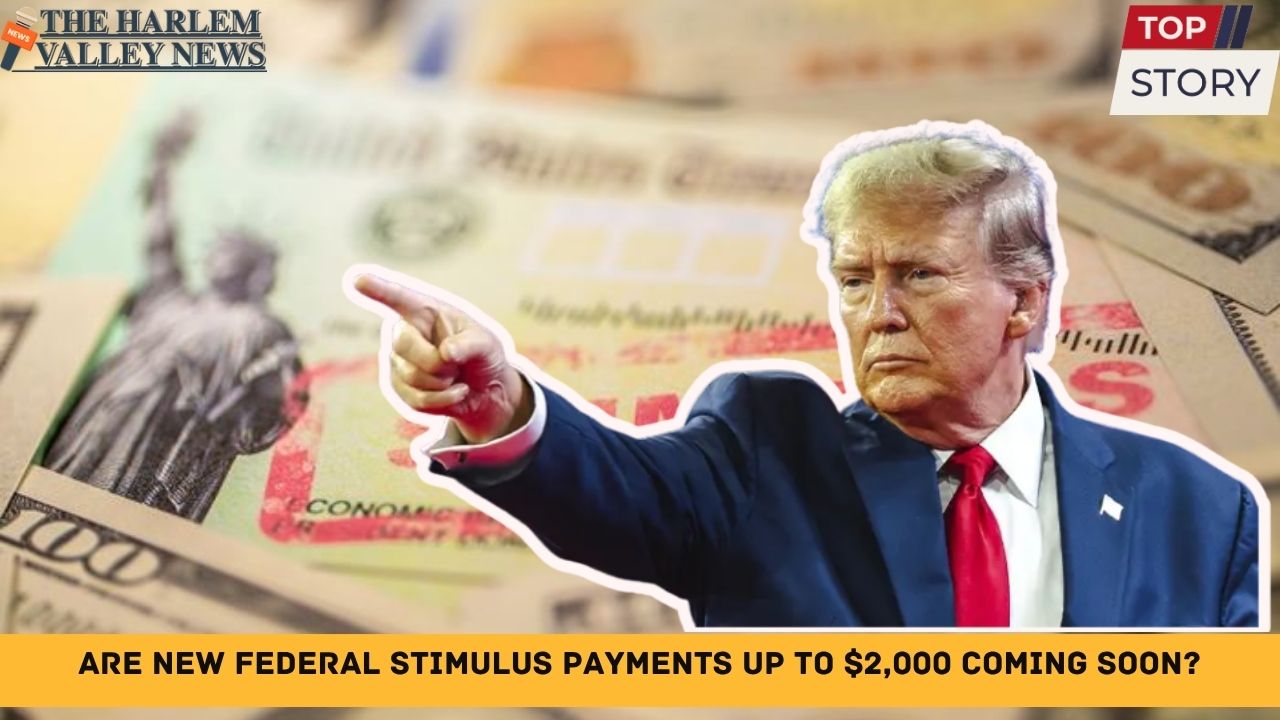
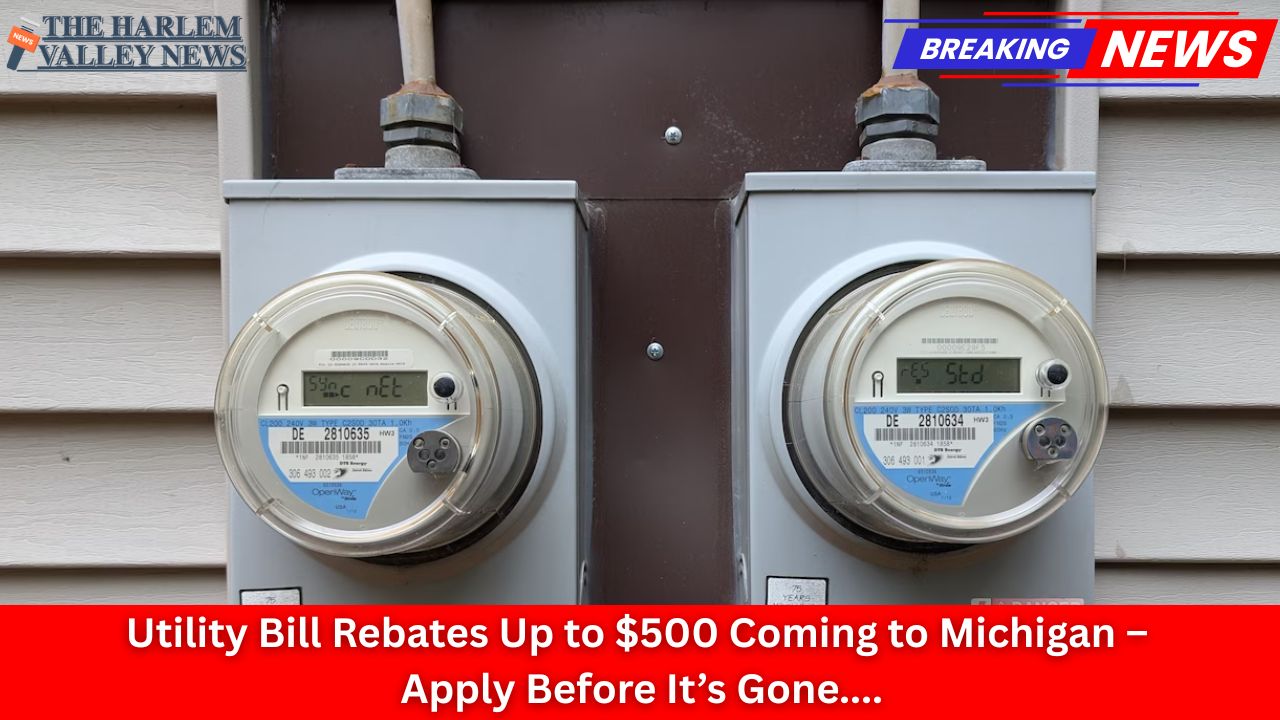
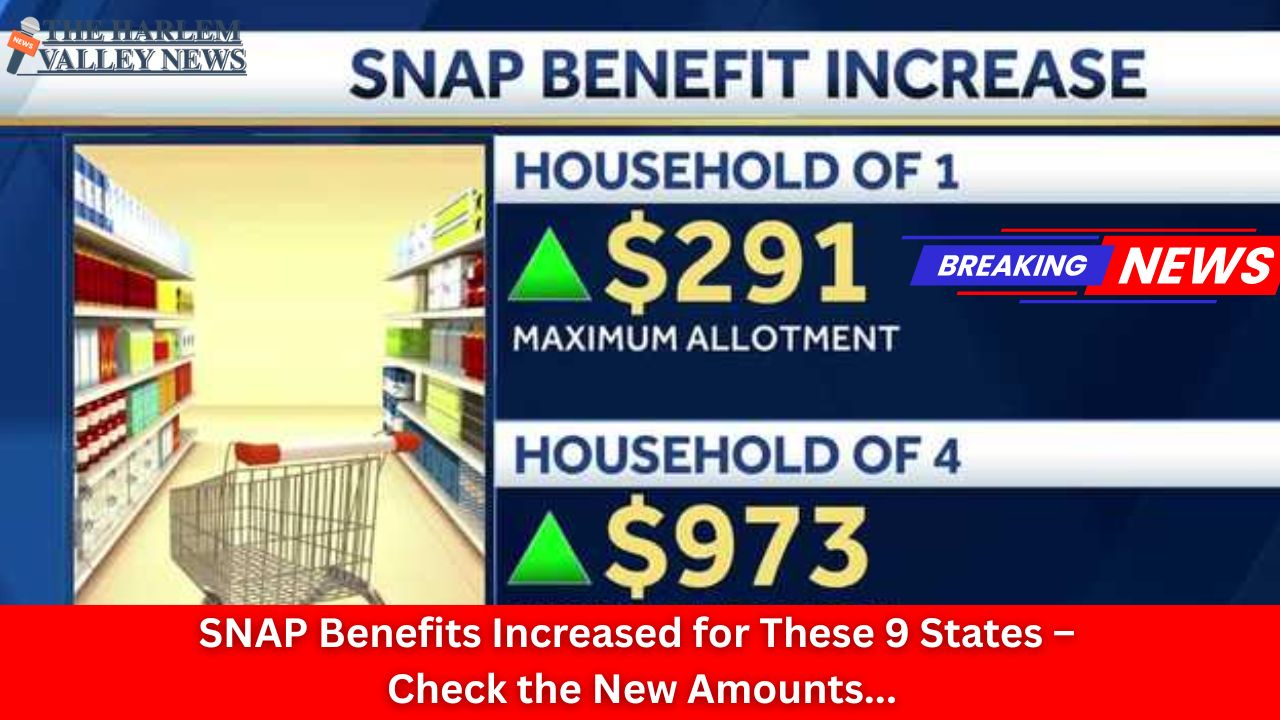


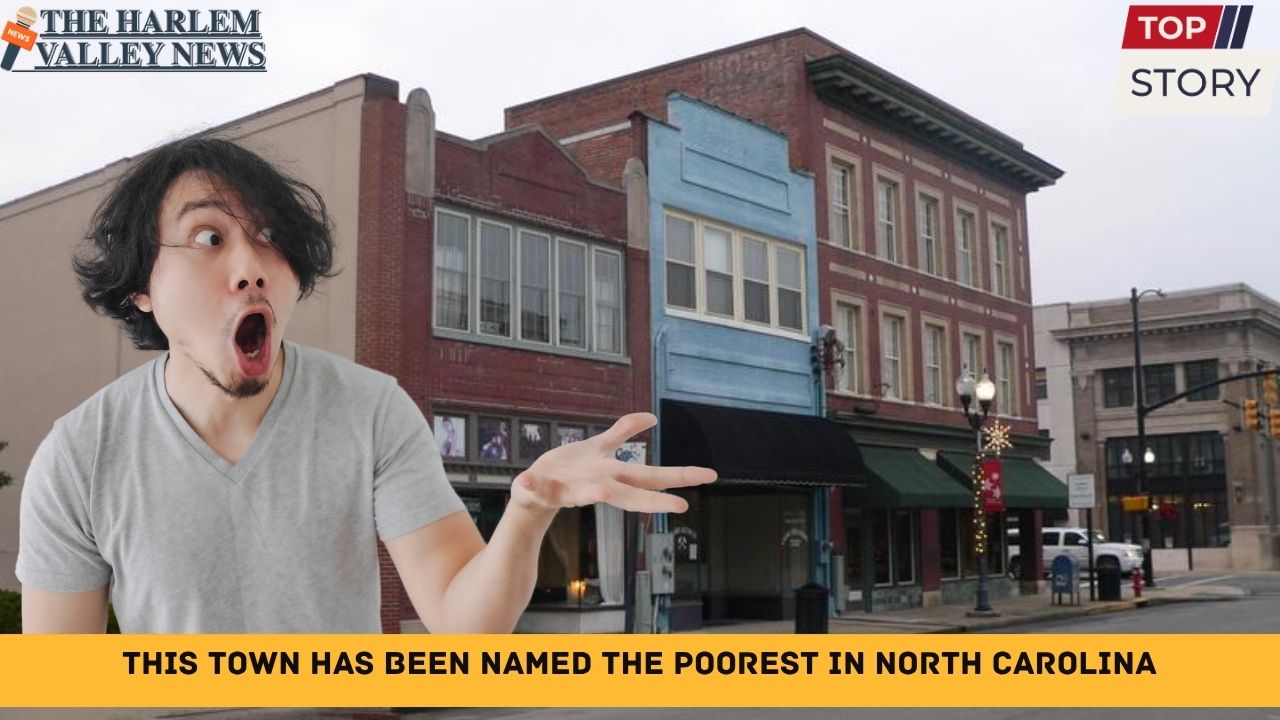
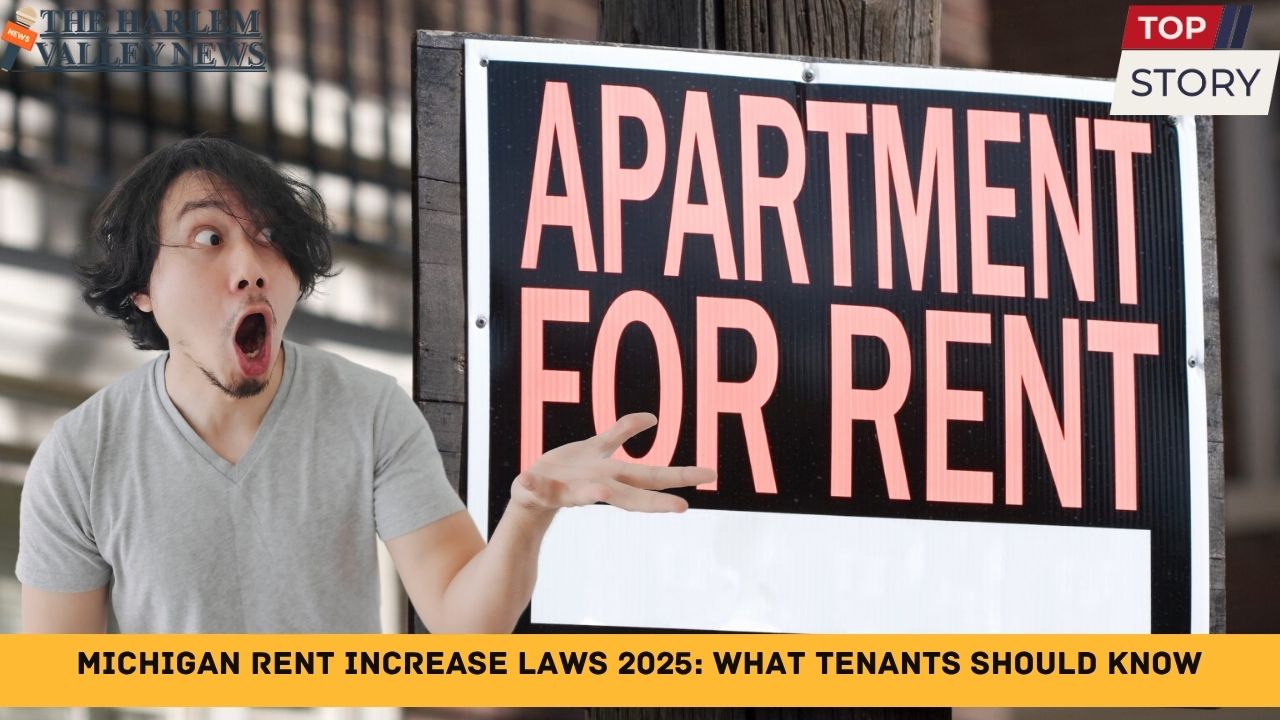
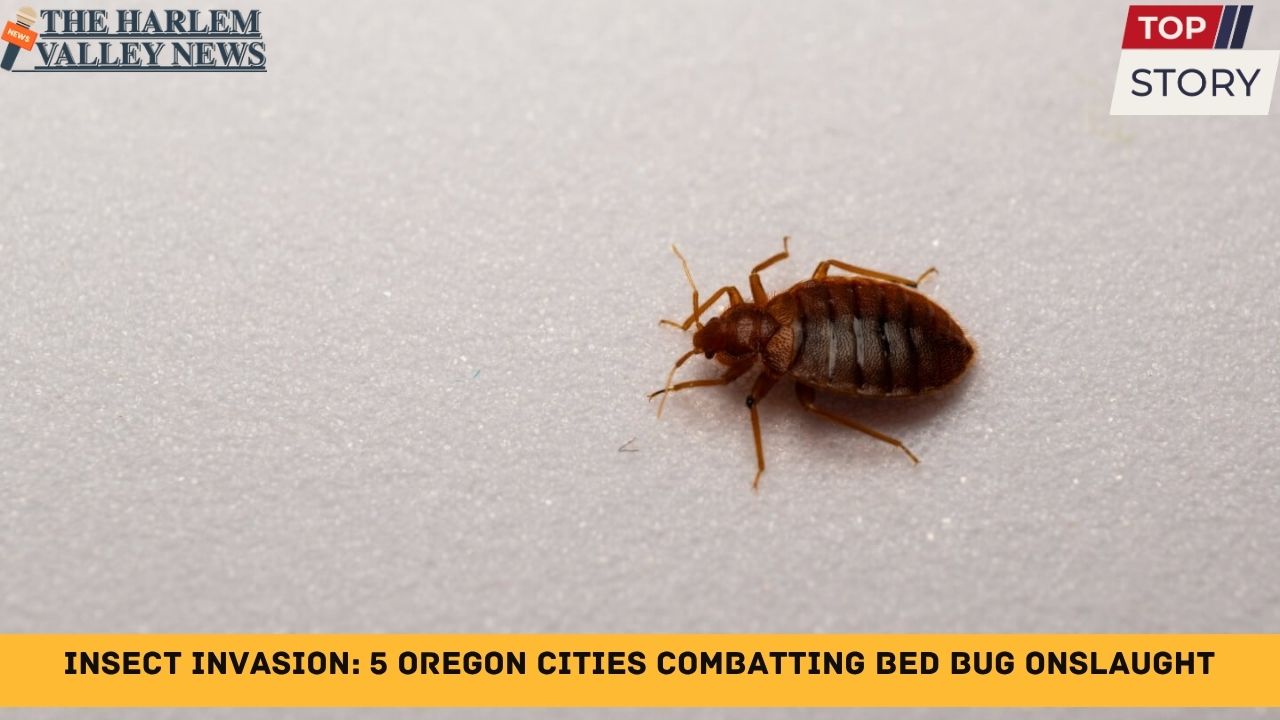


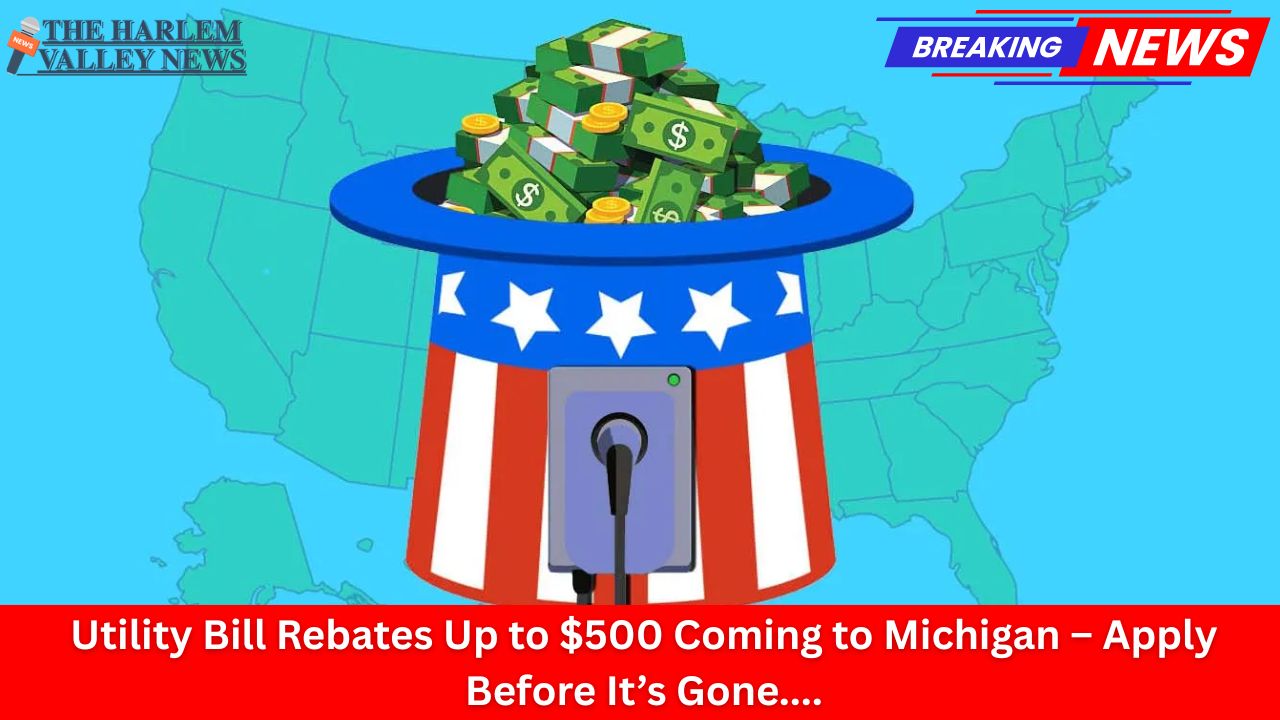


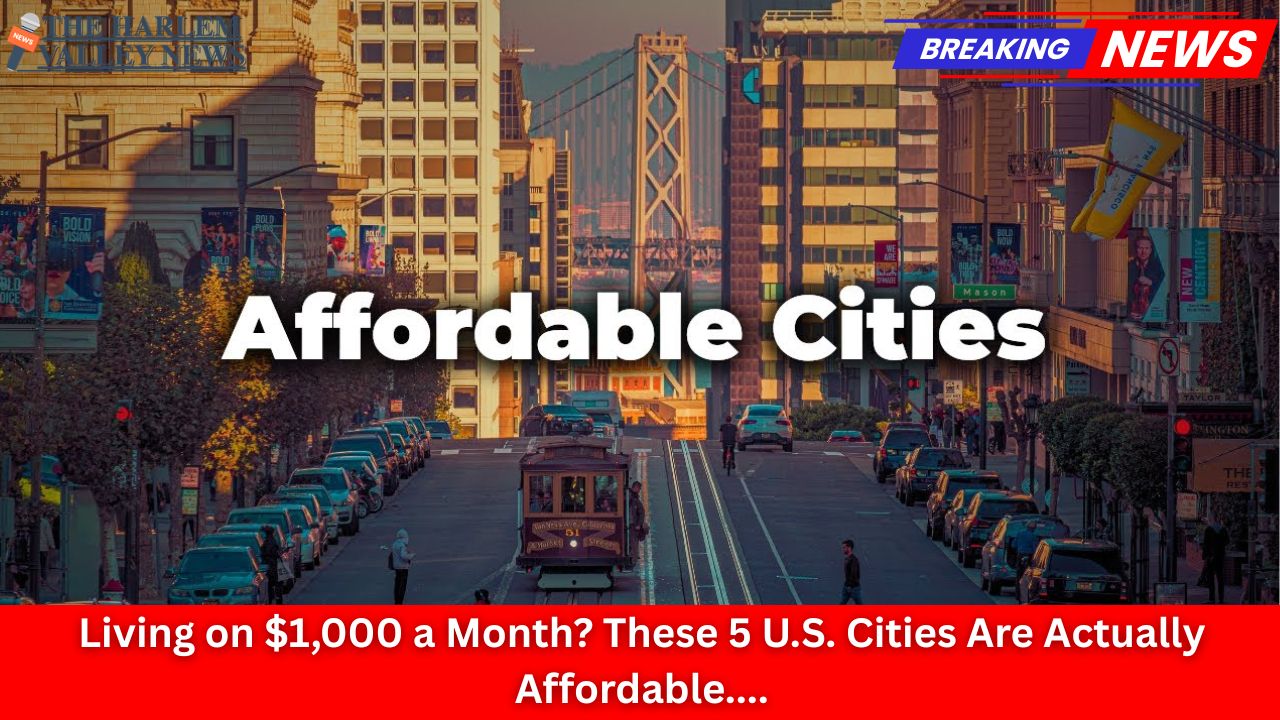
Leave a Reply